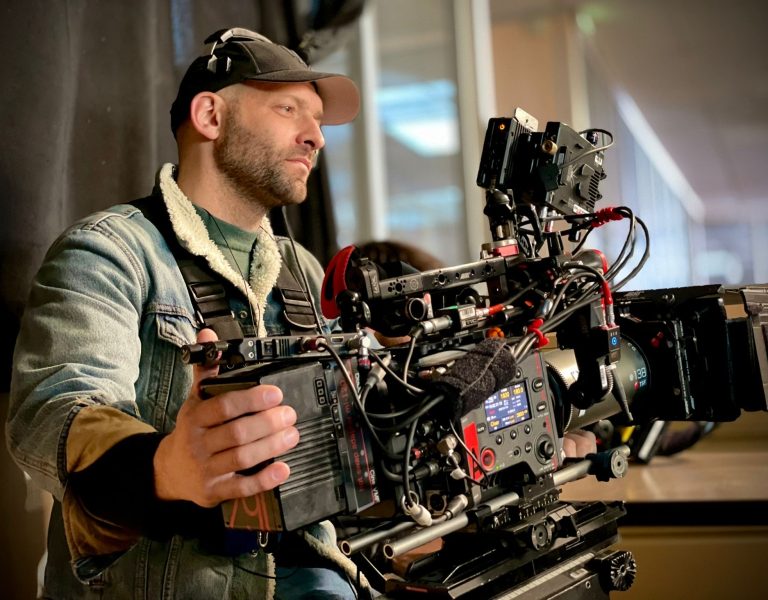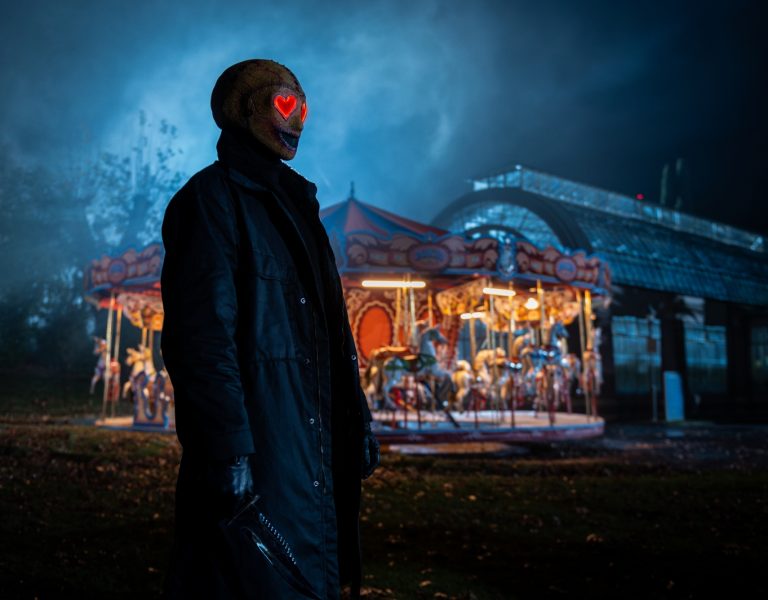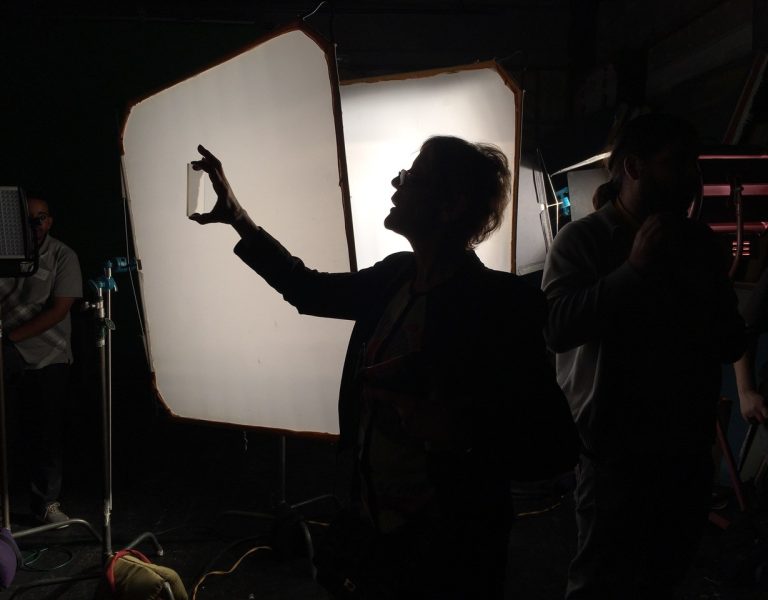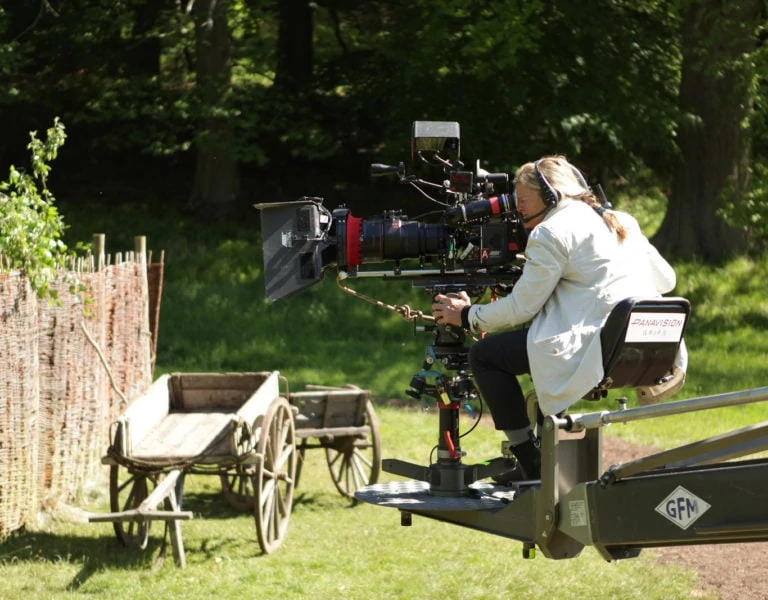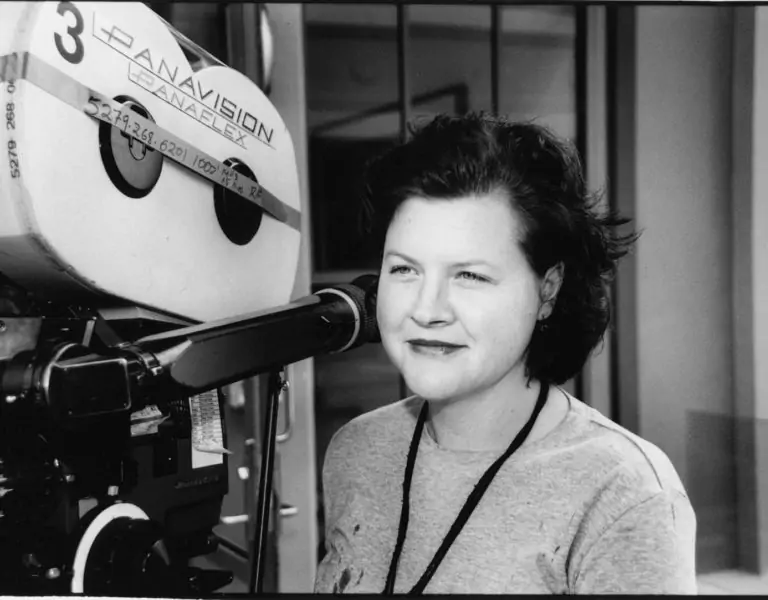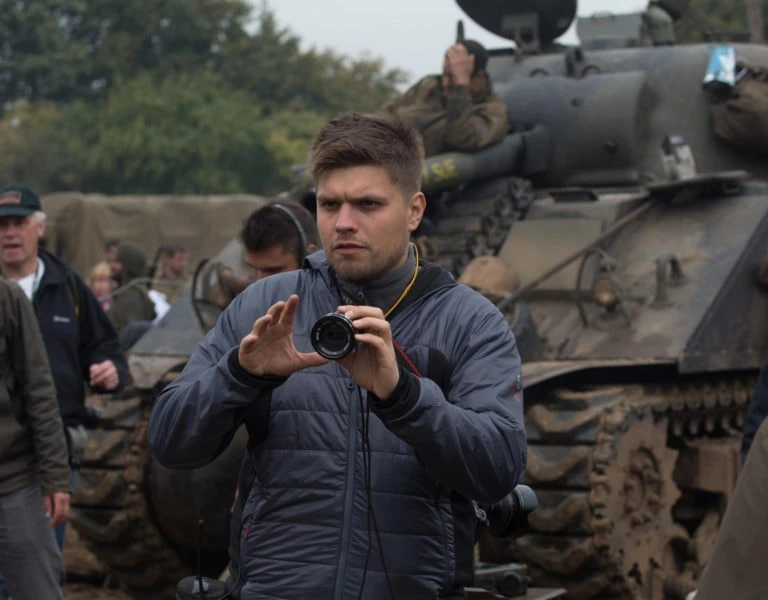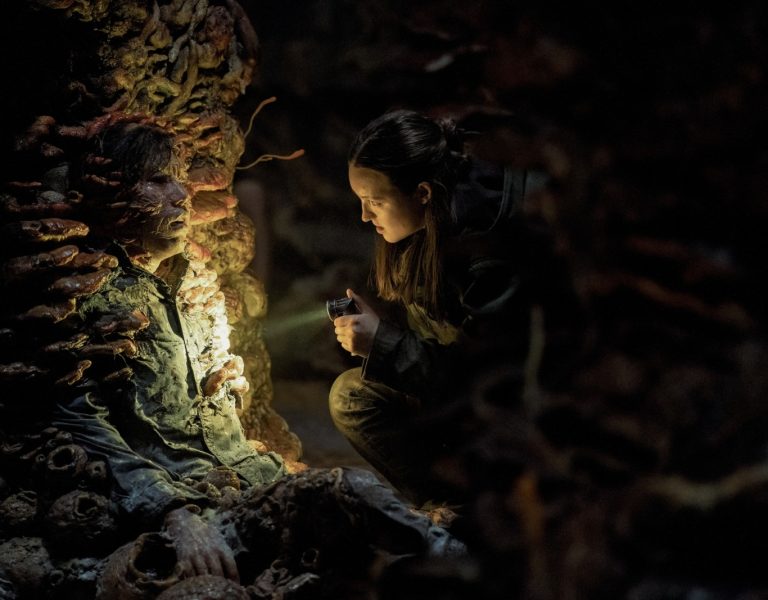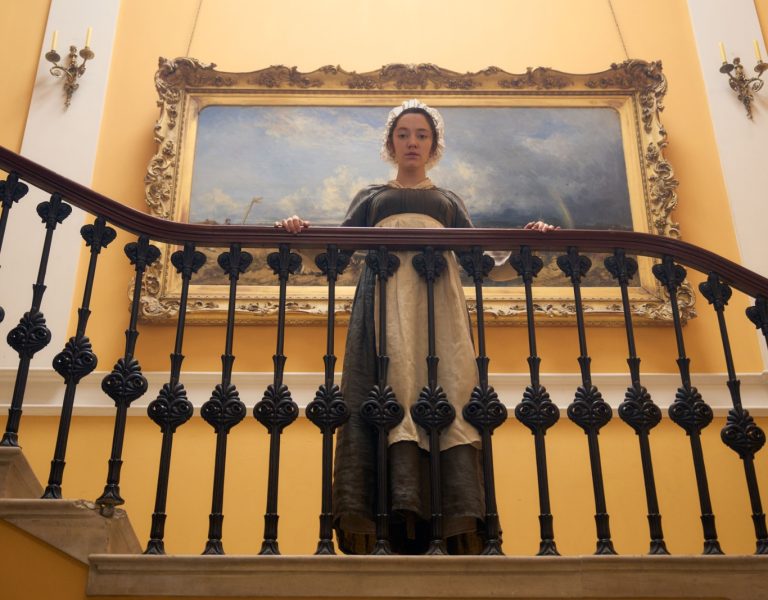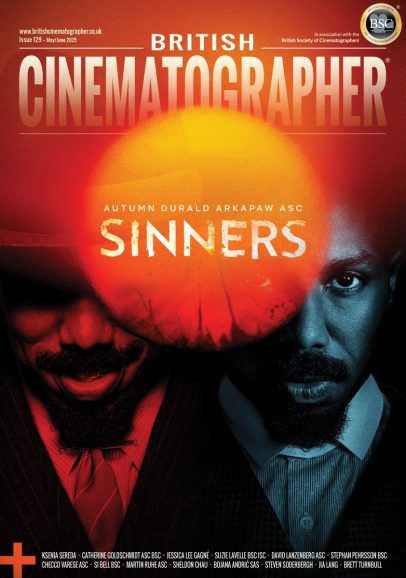Home » Features » Opinion » Letter From America »
Steven Poster ASC examines the use of the title Cinematographer vs Director of Photography, sharing insight into ongoing conversations he has had on the topic with Vittorio Storaro ASC AIC and research that has been carried out in the area of craft-related titles.
When I was a senior in college I was hired by a company as a Cameraman. In two words I became a Cameraman. “You’re hired.” That’s something I wanted from the time I was 14, when I met my first real ‘Cameraman.’
Then there was the time I was finally able to call myself a Director of Photography on my first feature film that I had the responsibility for creating a photographic style to tell a story, even if it was Blood Beach.
“I’m a cinematographer – I’m a DIRECTOR OF PHOTOGRAPHY… It could be a George Carlin word bit (and if you don’t know who that is, look him up on YouTube).
Over the last several years Vittorio Storaro ASC AIC and I have had a continuing conversation about the use of the title Cinematographer vs Director of Photography. Vittorio is very much opposed to using the term Director of Photography and only wants to see his name with the title “Cinematographer”.
Here is what Vittorio wrote to me recently after I brought up the subject again: “I am surprised that there is still a debate on the title of our profession. I do not like the wording ‘Director of Photography’, as you well know, for I believe that in the art of film there cannot be two directors on the same set, and photography means that it is an art that is expressed with a single image. The art of film is an expression of multiple images that over time have improved as an expression with music and words. We belong to an association that has been called the ASC (American Society of Cinematographers) for more than a hundred years. The Academy (AMPAS) recognises our profession, recently writing it very clearly when during the awards ceremony it calls it ‘Cinematography’ and recognises us with its award in the ‘Best Achievement in Cinematography’. In the seven films made with director Carlos Saura and in the five films I made with Woody Allen my headline is: ‘CINEMATOGRAPHY (Vittorio Storaro) ASC AIC (Italian society of Cinematography)’. I honestly feel very comfortable with this title.”
I shot a small movie last year called Scared to Death. To honour Vittorio I took the credit of Cinematographer. But I first decided to request a study to see if there was any solid evidence of how the title developed.
The International Cinematographers Guild has a researcher on staff named Peter Labuza, PhD. Peter researched from the Warner Bros. archives to the Margret Herrick Library of the Motion Picture Academy. He developed the historical narrative of the struggle not only for designated craft names on our production titles but also for the labour jurisdiction over Directors of Photography in production as called by the ASC, or as we were called by Local 659 of the IATSE, First Cameramen.
I always thought that this issue was a struggle between the Union and the Producers Association. But it wasn’t. It was a rivalry between the ASC and the Union.
In the early 1930s the ASC thought they should take over the Union’s work of being the representative of the Directors of Photography. And the Union thought they controlled the First Cameramen’s labour and conditions. The ASC thought they should be the controlling body for cinematographers.
This struggle continued for almost a decade and was very contentious. The cinematographers of the ASC had the feeling that they were managers of the crew and not just labourers. Peter says in his report: “In understanding the labour and artistic divides originally posed between the ASC and Local 659, we can follow how and why the ASC fought to create this unique term and bestow it beyond union contracts and how it transformed the cultural understanding of the labour these workers performed. The ASC hoped to elevate the artistic efforts of their work to legitimise their prestige and thus their value within the industrial chain.”
So, as we could see from the research, the producers (AMPTP) whom we negotiate our labour contracts with every three years did not seem to care what we wanted to call ourselves. Peter’s research concludes; “Director of Photography” came to represent the unique role that cinematographers played as both artistic agents as well as management. This became embodied in its various fights with (local) 659 to preserve those distinctions, only agreeing to merge when its role as a labour union became untenable. However, in giving up jurisdiction, the ASC was able to focus on its cultural mission of highlighting the role that the Director of Photography continues to play on every film and television set today.
In my more than 50 years in the business I am proud to be called Cinematographer.

